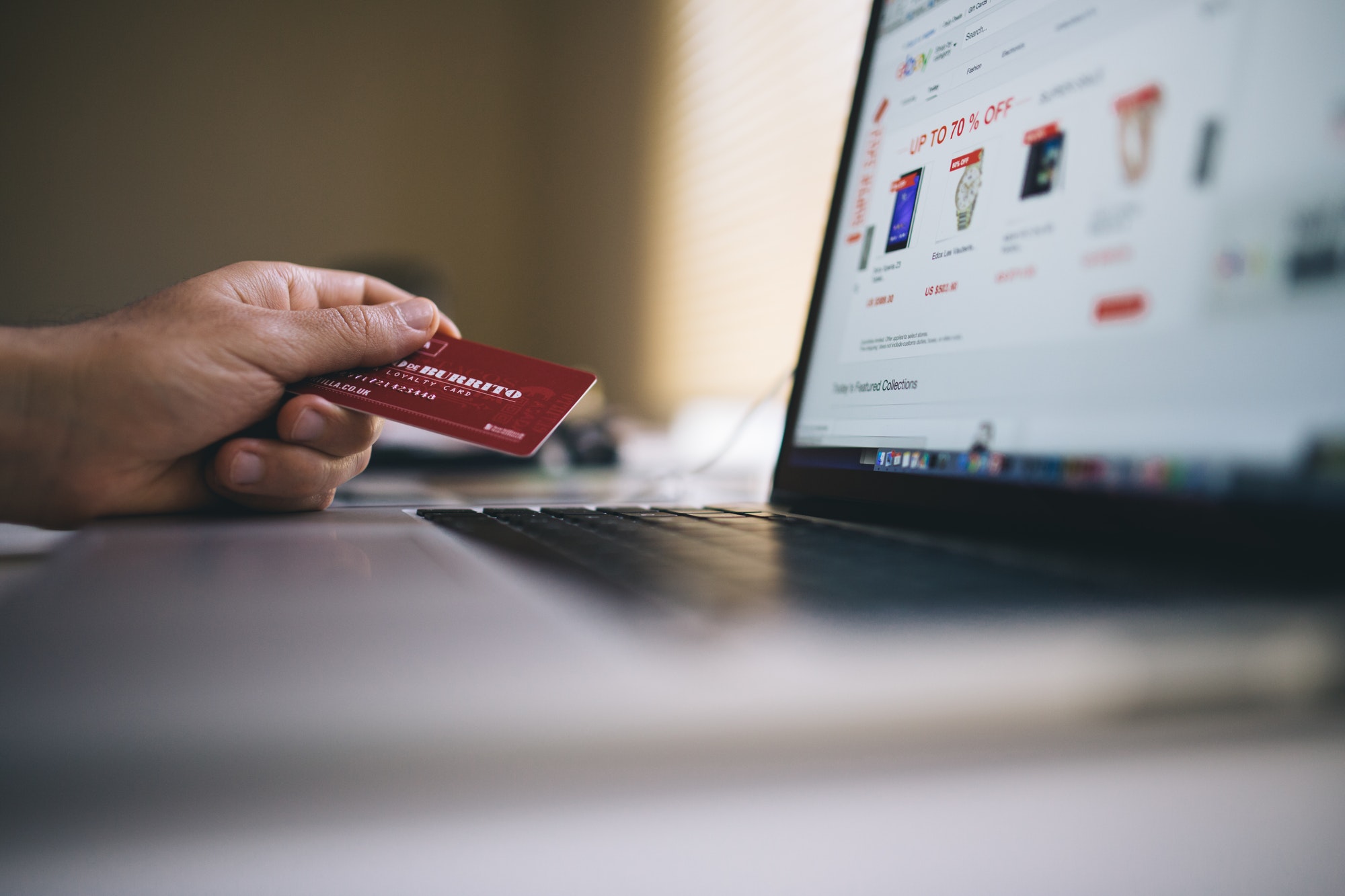
Marketing in a time of shifting normal
As we enter an interim period of beginning to live with a COVID-19 impacted world, where times are still uncertain and unclear, there are two main questions that marketers should be considering. How is consumer behaviour changing? And how should they be changing their marketing efforts accordingly in this interim period?
As we enter an interim period of life in a COVID-19 world, there are two key questions for marketers. How is consumer behaviour changing? And how should marketing change in this interim period?
New routines are forming as consumers adjust to isolating at home, many on a reduced income. A British study (2009) found that habit formation takes 66 days. For many countries it is likely home isolation will be in place for at least this time, giving marketers an opportunity to tap into these changed behaviours.
One international study found 90 per cent of Generation Z, and 75% of Baby Boomers, had changed their daily routine since COVID-19 restrictions.
Many brands have moved quickly to try and meet these changing needs and the changing paths to purchase. Some declining but surviving brands, like local restaurants and cafes, swiftly moved to takeaway and delivery only.
Many bricks and mortar retailers rapidly upscaled their online businesses and shifted their marketing efforts accordingly. In China similar upticks through the living with COVID-19 phase have resulted in a higher levels of e-commerce penetration in the recovery phase.
For booming brand categories such as supermarkets and government services, the brands and organisations that are best managing this sudden demand increase are those that have quickly bolstered their customer experience capabilities online and in person.
The other challenge for these booming brands is whether this is an ongoing trend, or a one-off spike. And therefore, how best to manage their marketing efforts across customer service expectations, pricing strategies, product availability, automation improvements in the case of services brands, integration of any required new technology to meet demand, and what sort of levels of promotion might be required.
This interim period of living with COVID-19 is a testing time for marketers. But the benefits will come for those who are customer focussed, agile and tactical.
And history tells us that a combination of prudent cost cutting and smart investment is the optimal way to endure it, and to set your brand up for success post-recovery. Particularly in a world where your brand’s competitors are also contemplating their next steps, and consumer behaviour and media habits are changing suddenly due to people being isolated at home to help prevent the coronavirus spreading.
According to media agency Initiative, media habits in late March and early April have changed significantly. Free to air television ratings on average were up around 10 per cent on the same period the year before. News viewership on these channels was up 30 per cent, but sport was down by 50 per cent.
Globally, Netflix subscriber numbers are up by 22.5% in the first quarter of the year compared to the year prior. Some Asian countries like Singapore are seeing a 60% increase in online video consumption. In the UK, Channel 4’s video on demand offering has seen a 37% increase year on year in the first couple of weeks of their lockdown, and in the US Tik Tok has seen an 18 per cent increase in downloads in one week in mid-March, whilst Facebook usage was up 50 per cent.
Likewise, new routines are being formed as consumers begin to live with the implications of isolating at home, with many of those finding themselves on a reduced income. A British study from 2009 found that habit formation takes 66 days. For many countries, including Australia, it is likely that home isolation measures will be in place for at least this number of days, giving marketers an opportunity to tap into these changed behaviours, both in the immediate and longer term. One international study regarding the onset of COVID-19 found that 90 per cent of Generation Z had changed their daily routine, and 75 per cent of Baby Boomers.
The opportunity for brands in this interim period of a suddenly changed market context, is to be customer focussed, agile and tactical. Because for some brands, these changes have meant a sudden increase in demand (booming brands), others a decline (declining but surviving brands), and some brands have unfortunately had to temporarily close their businesses (hibernating brands).
Many brands have moved quickly to try and meet these changing needs of their customers, and their changing paths to purchase. Some declining but surviving brands, like local restaurants and cafes, swiftly moved to takeaway and delivery only, following the social distancing rules that were put in place. Some have begun selling their produce as cook at home packs that include the recipes behind that restaurant’s main dishes. And Panda Express in the USA has simplified its menu only to its most popular dishes, making it easier for its kitchen employees, whilst maintaining customer service and delivery expectations. A great example of quickly re-prioritising its product mix.
Many bricks and mortar retailers rapidly upscaled their online businesses and shifted their marketing efforts accordingly. In Australia, retailers like Mecca, Uniqlo, Sephora, Myer, Aesop and Wittner have announced they have closed their physical stores, but that their online stores are still open for business. Its seen Australian businesses like Super Retail Group boost online sales by 145% in the first few weeks of COVID-19. And in China similar upticks through the living with COVID-19 phase have resulted in a higher levels of e-commerce penetration in the recovery phase of COVID-19.
On the other hand, many brands and organisations are booming in this time. Booming brands like supermarkets have consistently seen record sales days off the back of high demand for cleaning products, fresh produce, home cooked meals and personal hygiene items. Broadband is being stretched through the increased demand for online movies, video conferencing, news, and gaming. And many of our government services are seeing large increases in website visitation, and call centre and in-shop traffic.
For categories such as these, the brands and organisations that are best managing this sudden increase in demand are those that have quickly bolstered their customer experience capabilities online and in person. Particularly around the new moments that matter to customers. They have listened and responded fast. And been genuine and realistic in doing so.
The other challenge for these booming brands is to determine whether this is an ongoing trend, or a one-off spike. And therefore, how best to manage their marketing efforts across customer service expectations, pricing strategies, product availability, automation improvements in the case of services brands, integration of any required new technology to meet demand, and what sort of levels of promotion might or might not be required. Booming brands also need to ensure they act with authenticity and empathy, given that many other brands are unfortunately either in hibernation or in decline, and many customers have found themselves in a vulnerable position.
This interim period of living with COVID-19 is a testing and uncertain time for marketers. But the benefits will come for those who are customer focussed, agile and tactical.
This is part of a series of insights related to Coronavirus (COVID-19) and its impact on business.
Image: Negative Space
Thought leader, marketer and board director, Andrew Baxter is the Senior Advisor at KPMG's entrepreneurial Customer, Brand & Marketing Advisory business, a Senior Advisor at BGH Capital, as well as the Adjunct Professor of Marketing at the University of Sydney, and a Non-Executive Director at Australian Pork and Sydney Symphony Orchestra.
Share
We believe in open and honest access to knowledge. We use a Creative Commons Attribution NoDerivatives licence for our articles and podcasts, so you can republish them for free, online or in print.





